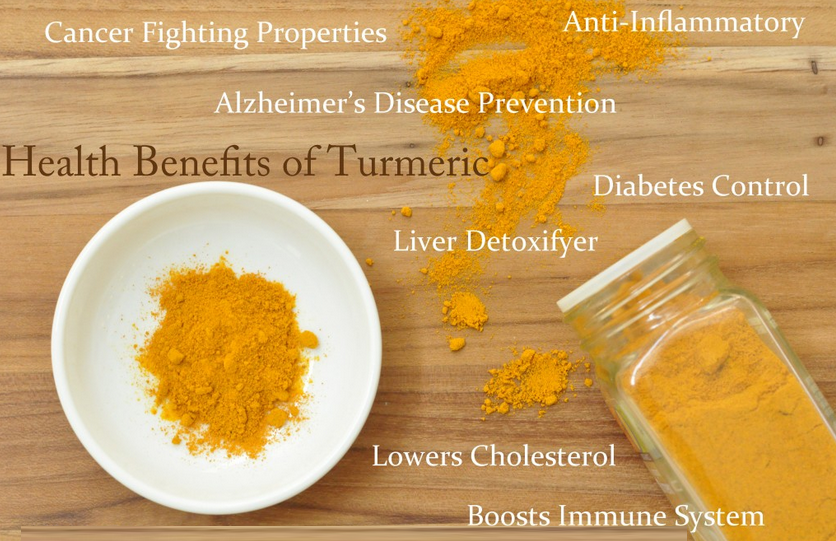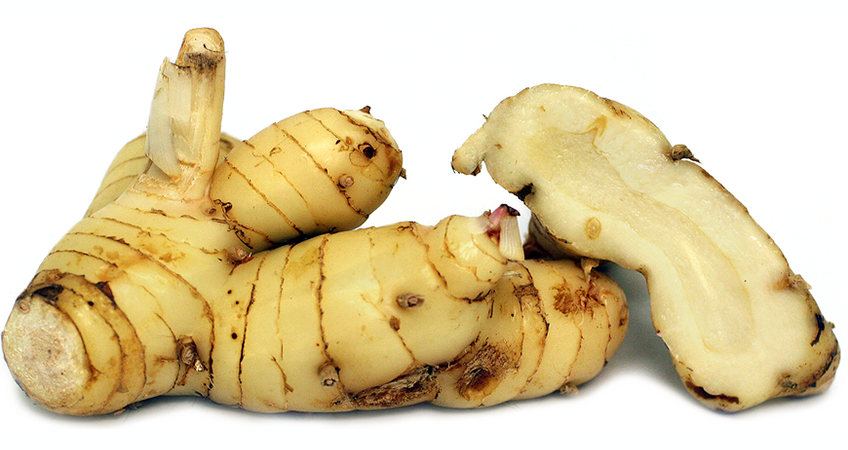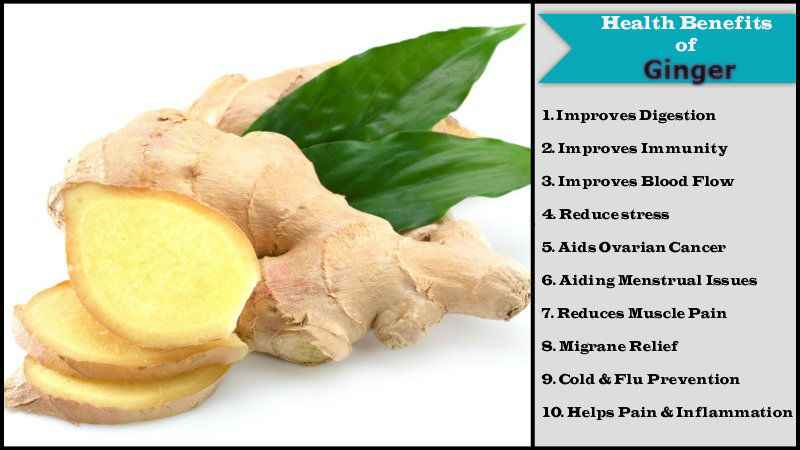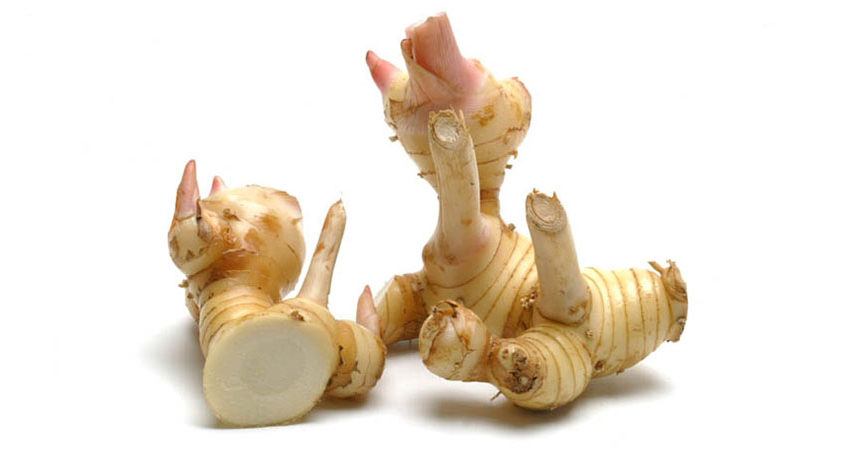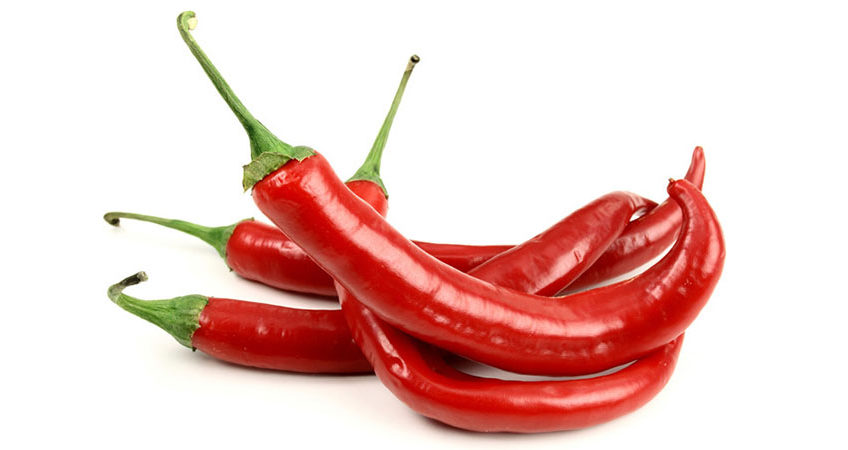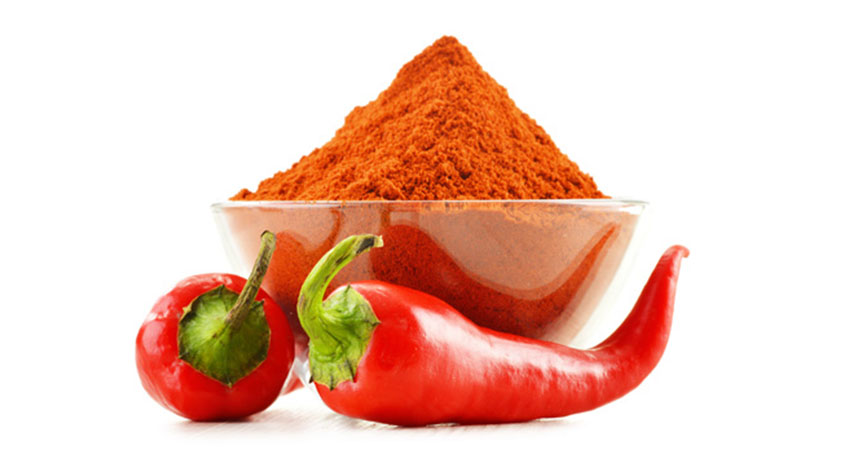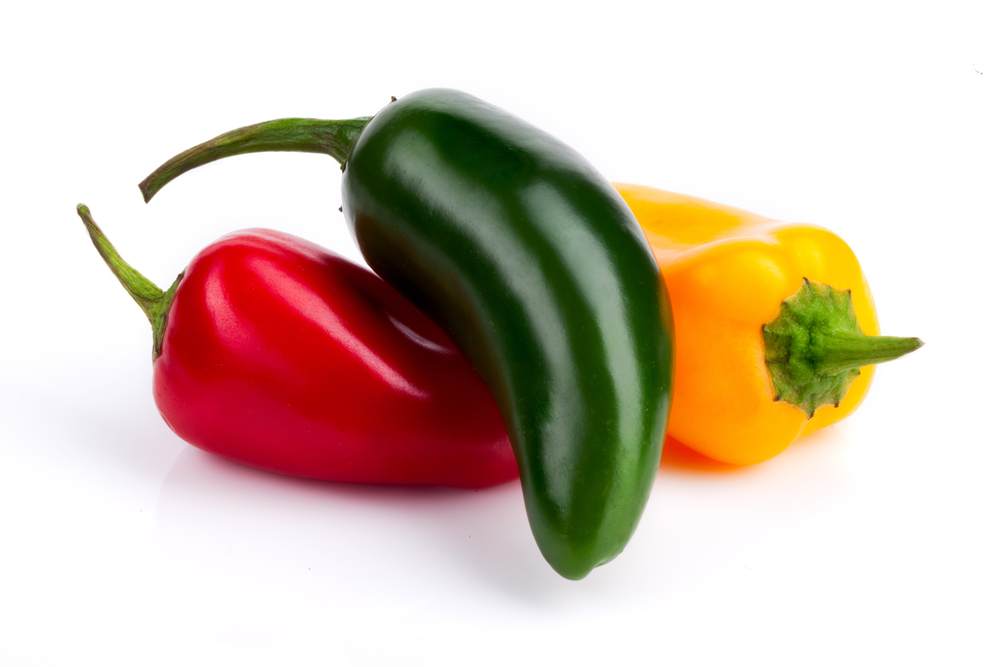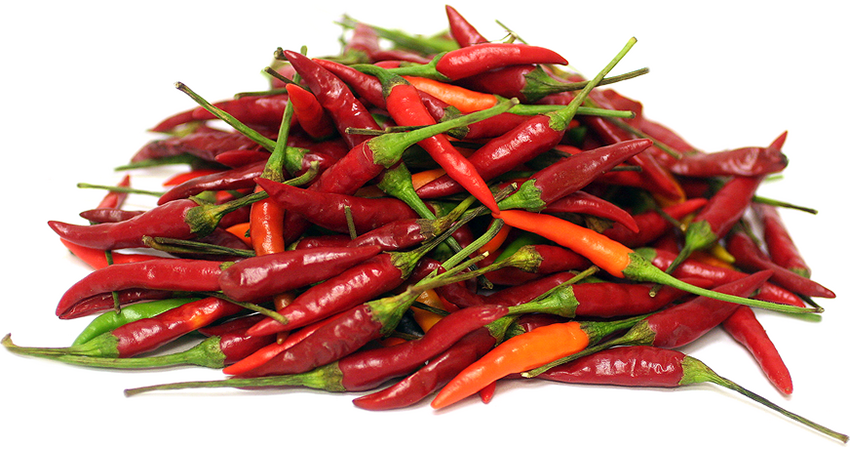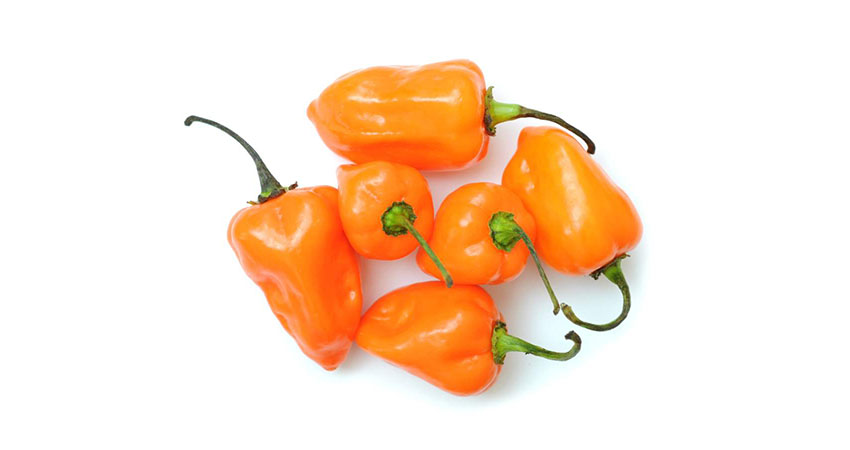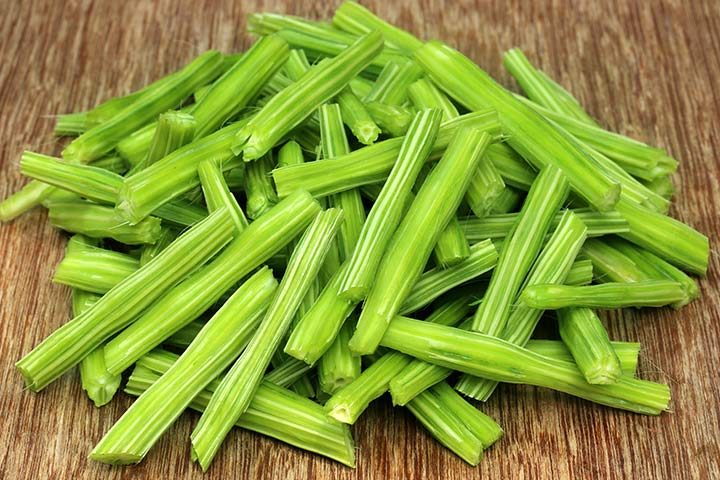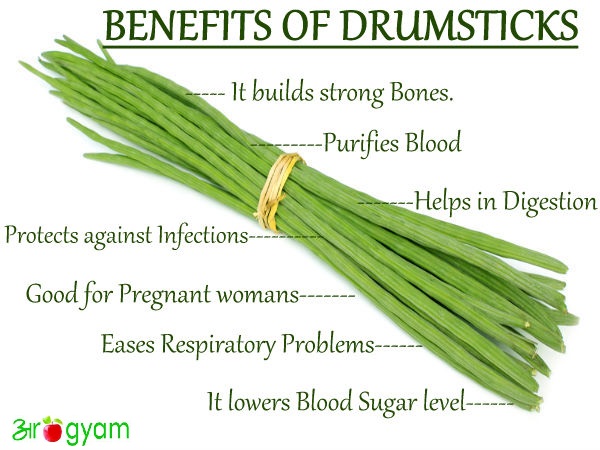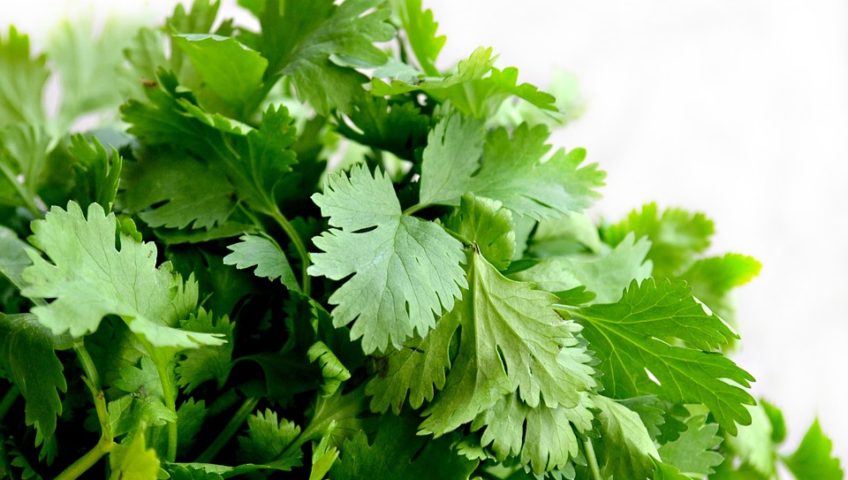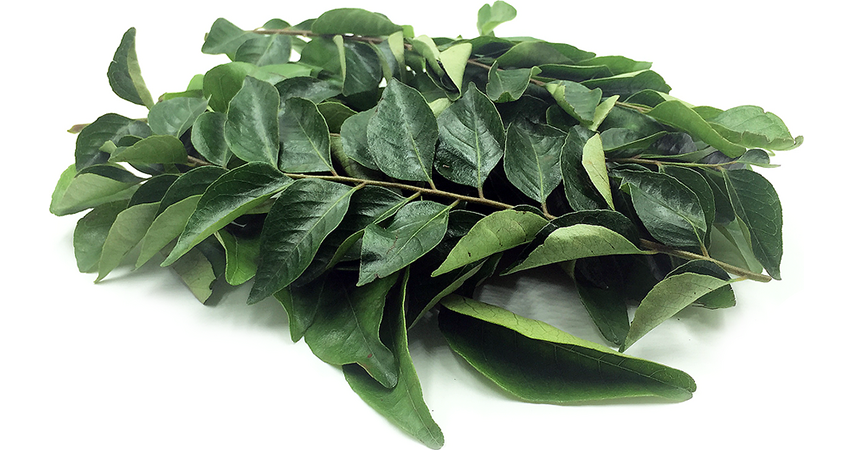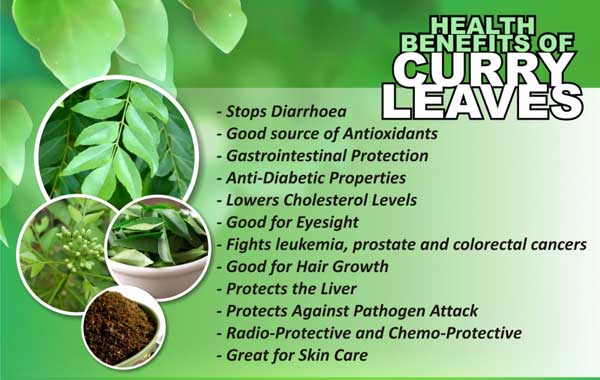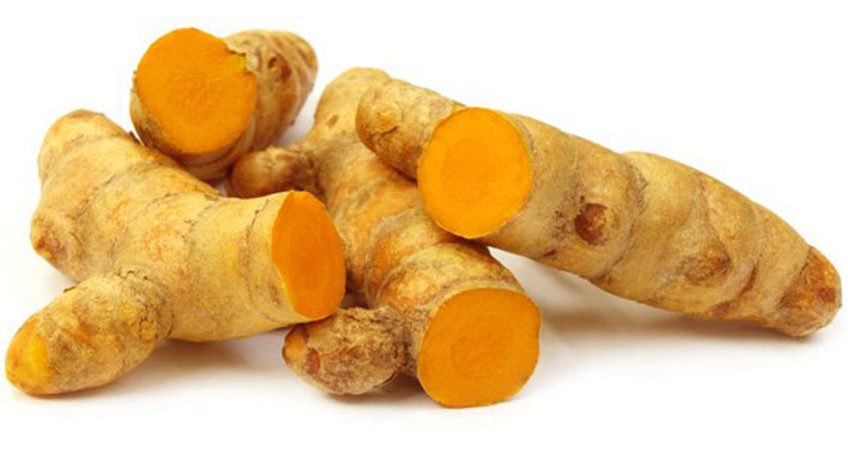
Turmeric
Turmeric comes from the root of the Curcuma longa plant and has a tough brown skin and a deep orange flesh. Turmeric has a peppery, warm and bitter flavor and a mild fragrance slightly reminiscent of orange and ginger, and while it is best known as one of the ingredients used to make curry, it also gives ballpark mustard its bright yellow color.
Turmeric has long been used as a powerful anti-inflammatory in both the Chinese and Indian systems of medicine. Turmeric (Curcuma longa), the bright yellow of the spice rainbow, is a powerful medicine that has long been used in the Chinese and Indian systems of medicine as an anti-inflammatory agent to treat a wide variety of conditions, including flatulence, jaundice, menstrual difficulties, bloody urine, hemorrhage, toothache, bruises, chest pain, and colic.
Nutritional Profile
Turmeric is an excellent source of both iron and manganese. It is also a good source of vitamin B6, dietary fiber, and potassium.
A Few Quick Serving Ideas:
- Add turmeric to egg salad to give it an even bolder yellow color.
- Mix brown rice with raisins and cashews and season with turmeric, cumin and coriander.
- Although turmeric is generally a staple ingredient in curry powder, some people like to add a little extra of this spice when preparing curries. And turmeric doesn't have to only be used in curries. This spice is delicious on healthy sautéed apples, and healthy steamed cauliflower and/or green beans and onions. Or, for a creamy, flavor-rich, low-calorie dip, try mixing some turmeric and dried onion with a little omega-3-rich mayonnaise, salt and pepper. Serve with raw cauliflower, celery, sweet pepper, jicama and broccoli florets.
- Turmeric is a great spice to complement recipes that feature lentils.
- Give salad dressings an orange-yellow hue by adding some turmeric powder to them.
- For an especially delicious way to add more turmeric to your healthy way of eating, cut cauliflower florets in half and healthy sauté with a generous spoonful of turmeric for 5 minutes. Remove from the heat and toss with olive oil, salt and pepper to taste.
Health Benefits of Turmeric:
